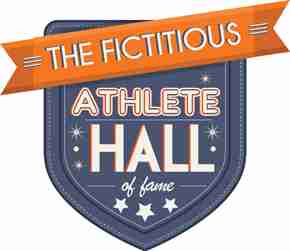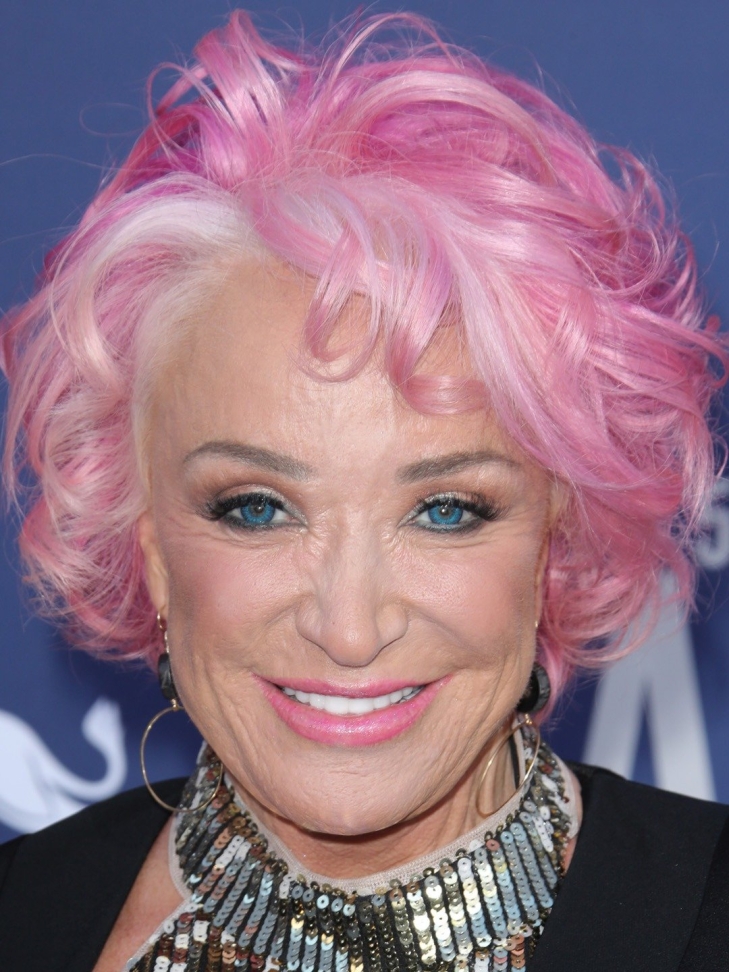- Published in Not in Hall of Fame News
Andruw Jones to have his number retired by the Braves this year
Regular visitors of Notinhalloffame.com know that we are slowly working on the top 50 of every major team in the NHL, NBA, NFL and MLB. Once that is done, we intend to look at how each team honor their past players, coaches and executives. As such, it is important to us that the Atlanta Braves have announced that they will be retiring his number 25 this season.
From Curacao, Andruw Jones made his debut with the Braves at age 19 and it was clear from the beginning that this was a star in the making. Jones would have his first 30 Home Run season in 1998 and from 2000 to 2003 he would hit that mark with three 100 RBI seasons and a .300 season in 2000, which surprisingly was the only one he ever had. Jones would add to his already prolific power numbers in the 2005 season where he had a league leading (and career high) 51 Home Runs and also was the champion in Runs Batted In with 128. For his efforts he was the runner-up for the National League MVP. His overall power totals for the Braves would be an impressive 368 Home Runs, 1,117 RBIs with a .497 Slugging Percentage.
No conversation about Andruw Jones can take place without discussing his incredible defensive abilities. Jones would win the Gold Glove every season from 1998 to 2007 (all with Atlanta) and he had six straight years where he would finish first in Total Zone Runs (1997 to 2002). As a Brave, he was the NL leader in Defensive bWAR and in six other seasons he was in the top ten.
Had Jones had a better Batting Average and OBP (.263 and .342 are decent but not spectacular) he would be higher on this list. The Braves chose Jones for their Hall of Fame in 2016, and he is currently on the Hall of Fame ballot, receiving 58.1 percent last year, which was his sixth time.
Jones will join Dale Murphy (#3), Bobby Cox (#6), Chipper Jones (#10), Warren Spahn (#21), John Smoltz (#29), Greg Maddux (#31), Phil Niekro (#35), Eddie Mathews (#41), Hank Aaron (#44), Tom Glavine (#47) and the league-mandated #42 of Jackie Robinson.
The ceremony will take place on September 9 during Atlanta’s hone game against the Pittsburgh Pirates.
We here at Notinhalloffame.com would like to congratulate Pau Gasol for earning this impending honor.





